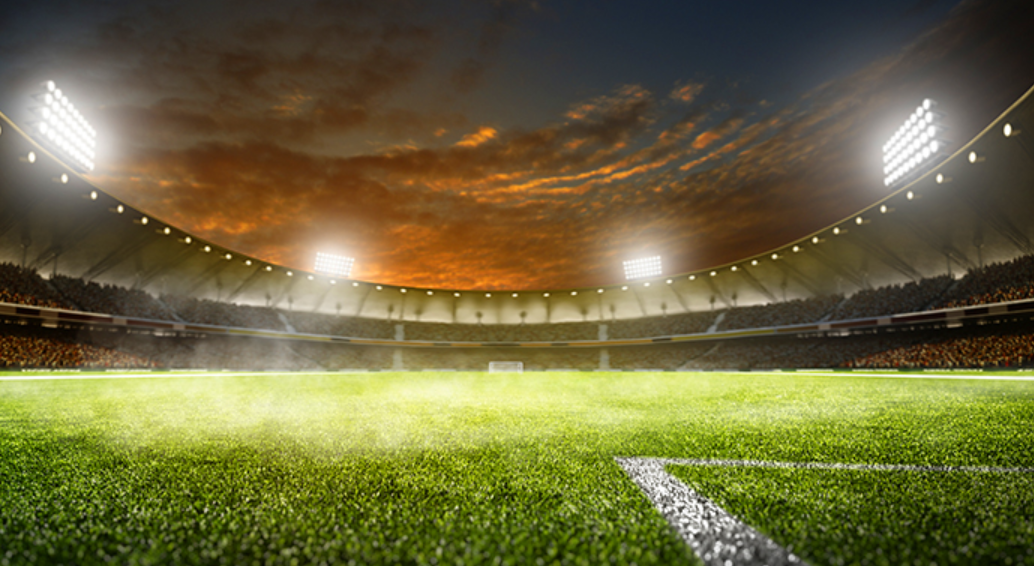Stadium lights are essential to any stadium, arena, or other venue where there are large crowds and outdoor events. They provide enough light so that everyone can see what they are doing and make it possible for people to play sports at night.
Stadium lights are made up of many different elements that work together to create the light necessary for your stadium or arena. From the actual fixtures themselves to the wiring, bulbs, and ballasts that power them, there are many elements that ensure the efficiency in stadium lights. These are:
Brightness
The brightness of any given stadium light depends on two factors: how many lumens it produces and how far away it is from its subject. Lumens measure the total amount of light emitted by an object or device; if you have a high number of lumens, then you have a very bright light source. Stadium lights typically range from 2,000 to 25,000 lumens, but you can also find lower-powered models that produce less than 1,000 lumens.
In general, the higher the lumens rating for your stadium lights, the brighter they will appear in person. However, there are other factors that influence brightness as well — namely optics and reflectors.
Narrow Optics from A High-End Lens
A narrow optic lens is essential to producing a beam with a narrow angle, which is desirable for lighting up the field or court. Stadiums need to be lit evenly and brightly, so that no part of the field is left dark or too bright. Narrow optics are also beneficial because they help disperse light more evenly throughout the stadium and reduce glare on television screens and players’ faces.
Surge And Reliability
Stadiums often host thousands, if not tens of thousands, of fans at once. This means that the lights must be able to handle the surge in electricity without risking power surges that could damage them or cause them to fail completely during important events like playoffs or championships games. Our high-quality fixtures feature a special type of surge protection called MOV (metal oxide varistor) technology that helps protect against power surges so you never have to worry about your lights being damaged during an event!
Maintainability
Stadium lighting requires a lot of maintenance, especially if you want them to last long. It is important that you choose a product that is easy to maintain and repair if needed. A good example would be LED lights, which have a long lifespan and do not need much maintenance aside from replacing bulbs and other parts when they get damaged or worn out over time.
Low Glare, High CRI Above 70
Glare is one of the biggest problems with most stadium lights because they tend to irritate players and fans alike while they are playing or watching games in the stadium. This can be prevented by using high CRI (color rendering index) bulbs that provide more natural colors without causing excessive glare during gameplay or shows at night time.
Ease of Installation
One of the most important factors to consider when buying a stadium light is how easy it is to install. If you have never installed a stadium light before, then you should buy one that has been pre-assembled and is ready to use right out of the box. This will save you time and money because you don’t need to hire someone else to do it for you. There are many different types of stadium lights available on the market today. Some require a lot more work than others and some can only be installed by professionals due to their complicated structure and wiring system. However, there are some models that are very easy to install without any prior experience in electrical work or construction skills required at all!
Conclusion
When you think of stadium lights, the number of varieties that come to mind are endless. However, the technological advancements that have taken place within the past few years has made the selection process a lot easier. This article will explore some of the top elements used when designing stadium lights. There are three things that need to be considered when choosing the right stadium lights. The first is making sure the lights illuminate all areas of a playing field in order for it to be viewed from every location, including the upper levels of a stadium. As well, these lights need to flicker fast enough so that everyone is able to follow the action of a game. Finally, the lights need to be affordable.
